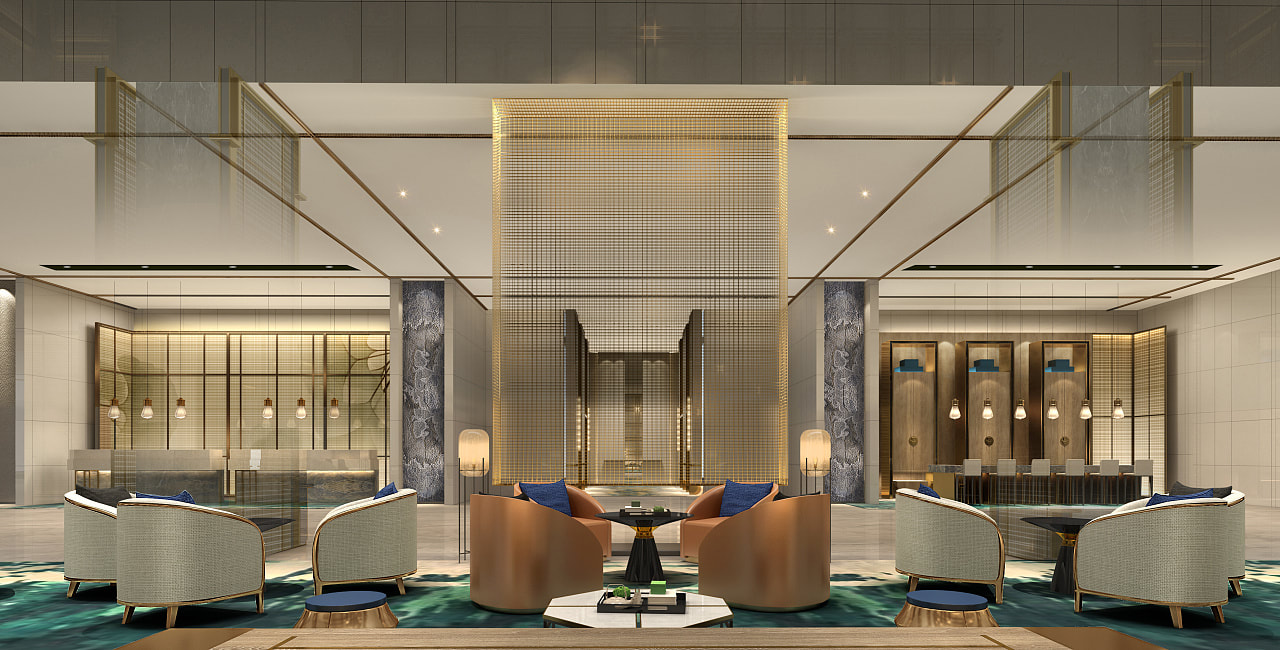At HUMAN, as the name suggests, our work is human-centred. Some might assume that is inherent to the nature of workplace design. If workplaces aren’t designed for humans, who are they designed for? But the reality of workplace design has long been far from human-centred.
Think of historical workplaces, from factory floors to lines of desks facing an overseer like children at school, to grey and isolating cubicles. For centuries, the main goals of workplace design have been practicality, cost-effectiveness, and promoting productivity. It has only been in the past few decades that the importance of health and wellbeing have been recognised. While moves are being made to integrate this new approach into old workplaces, much of our expectation of what a workplace looks like is deeply entrenched. Design needs to take a new approach with the human experience front and centre rather than tacked on as an afterthought.
Pot plants and natural lighting and great. Afterall, biophilic design has been shown to promote health and wellbeing for quiet some time. But these features alone aren’t going to make your organisation stand out. Excellence in workplace design should make clients feel as though the workplace isn’t a workplace at all. HUMAN has an extensive background in retail and hospitality design. These spaces are designed with how people feel and act at the forefront.
Think of historical workplaces, from factory floors to lines of desks facing an overseer like children at school, to grey and isolating cubicles. For centuries, the main goals of workplace design have been practicality, cost-effectiveness, and promoting productivity. It has only been in the past few decades that the importance of health and wellbeing have been recognised. While moves are being made to integrate this new approach into old workplaces, much of our expectation of what a workplace looks like is deeply entrenched. Design needs to take a new approach with the human experience front and centre rather than tacked on as an afterthought.
Pot plants and natural lighting and great. Afterall, biophilic design has been shown to promote health and wellbeing for quiet some time. But these features alone aren’t going to make your organisation stand out. Excellence in workplace design should make clients feel as though the workplace isn’t a workplace at all. HUMAN has an extensive background in retail and hospitality design. These spaces are designed with how people feel and act at the forefront.
What does human-centred design look like?
Human-centred design takes endless forms. Details should be woven into the workplace. A lot of this comes down to having an eye for the finest details, which is where traditional design so often fails. Furniture and furnishings can tell you so much about an organisation, not only in how they look but what they are made of and where they are sourced from. If an organisation really believes in being more eco-friendly, it can reflect that through its use of sustainable materials and nature-supporting design elements.
We use an in-depth consultation service from the moment we start working with a client. We want to understand exactly who the client is. That means what they do and how their workplace is used but also what they value and how their employees connect. There isn’t much point in extending shared lunch spaces if employees go out for lunch or work at their desk. If most connection happens at the beginning of the working day around the coffee machine, is there enough space for people to talk while they wait for a coffee?
Every element needs an authentic reason to be there. Nothing is arbitrary. We use colour theory to reflect the culture and work and focus on fixtures and fittings as much as on layout and tech integration.
Now is a really exciting time to be in the workplace design sector because organisations are increasingly recognising the importance of the human experience in the workplace. Hybrid working and focus on employee retention will only build on this. We are moving into an era when all our spaces will be designed to promote wellbeing.
Human-centred design takes endless forms. Details should be woven into the workplace. A lot of this comes down to having an eye for the finest details, which is where traditional design so often fails. Furniture and furnishings can tell you so much about an organisation, not only in how they look but what they are made of and where they are sourced from. If an organisation really believes in being more eco-friendly, it can reflect that through its use of sustainable materials and nature-supporting design elements.
We use an in-depth consultation service from the moment we start working with a client. We want to understand exactly who the client is. That means what they do and how their workplace is used but also what they value and how their employees connect. There isn’t much point in extending shared lunch spaces if employees go out for lunch or work at their desk. If most connection happens at the beginning of the working day around the coffee machine, is there enough space for people to talk while they wait for a coffee?
Every element needs an authentic reason to be there. Nothing is arbitrary. We use colour theory to reflect the culture and work and focus on fixtures and fittings as much as on layout and tech integration.
Now is a really exciting time to be in the workplace design sector because organisations are increasingly recognising the importance of the human experience in the workplace. Hybrid working and focus on employee retention will only build on this. We are moving into an era when all our spaces will be designed to promote wellbeing.
